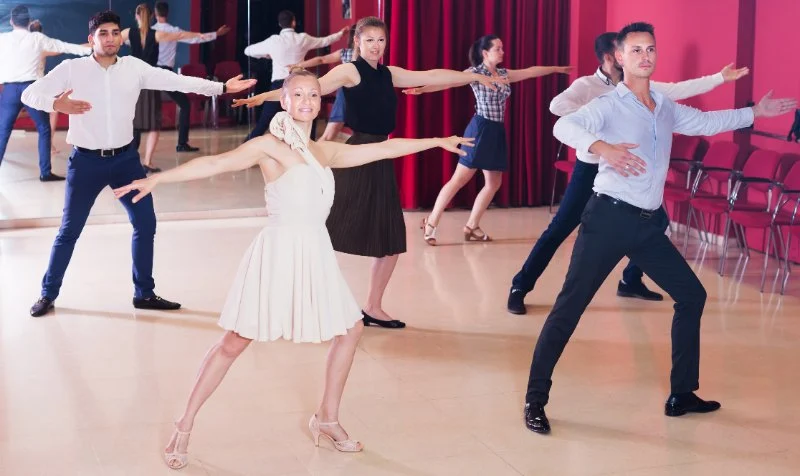
Foxtrot for College Students: Tips from Experts
- 1. The Importance of Dance for College Students
- 2. What is Foxtrot and How Can It Benefit College Students?
- 3. Learning the Basics of Foxtrot
- 4. Expert Tips for Mastering Foxtrot
- 5. Real-Life Stories from College Dancers
- 6. Where to Learn Foxtrot as a College Student
1. The Importance of Dance for College Students
For many college students, balancing academics, extracurricular activities, and social life can be overwhelming. One of the best ways to relieve stress, improve physical health, and even enhance social connections is through dance. Dance, especially ballroom dance styles like foxtrot, not only provides a fun way to get active but also cultivates discipline, coordination, and confidence.
Incorporating dance into your routine offers both physical and mental benefits. Dance routines can improve cardiovascular health, flexibility, and posture. Moreover, learning social dances like foxtrot fosters better communication skills and teamwork, both essential in the college environment. As college students face demanding schedules, dance offers an effective way to unwind and stay physically active.
2. What is Foxtrot and How Can It Benefit College Students?
The foxtrot is a smooth, elegant ballroom dance that originated in the early 20th century. It’s characterized by its flowing movements and combination of slow and quick steps. In addition to being a popular social dance, foxtrot is an excellent choice for college students looking for a new hobby or activity. Whether you’re interested in learning for fitness, fun, or social events, foxtrot has a lot to offer.
Foxtrot is not just for special events like proms or weddings. It’s an ideal way to improve balance, coordination, and rhythm. Plus, it’s an excellent choice for building friendships and networking, especially in a college setting where social dancing events are common. The dance’s slow and quick movements are perfect for improving cardiovascular health while keeping it fun and accessible for beginners.
3. Learning the Basics of Foxtrot
If you’re new to foxtrot, starting with the basics is crucial. The dance is made up of four simple steps: slow, slow, quick, quick. These steps are easy to learn and form the foundation of more complex moves. Here's a quick breakdown:
3.1 The Basic Foxtrot Step
The basic foxtrot step is often referred to as the “box step,” where the dancer forms a box shape on the floor while moving forward and backward. The steps for the lead (traditionally the man) are as follows:
- Step forward with the left foot (slow).
- Step side with the right foot (slow).
- Close the left foot to the right (quick).
- Step backward with the right foot (slow).
- Step side with the left foot (slow).
- Close the right foot to the left (quick).
The follower mirrors these steps. As you become more comfortable with these movements, you can begin incorporating turns and other more complex techniques.
3.2 Posture and Footwork
Maintaining proper posture is key to mastering foxtrot. Keep your back straight, shoulders relaxed, and your frame firm but flexible. Proper footwork is just as important. Practice walking in a straight line and ensuring that each step is smooth and purposeful. Consistency in footwork will help you develop a fluid and graceful dancing style.
4. Expert Tips for Mastering Foxtrot
Learning foxtrot can take time, but with persistence and practice, you’ll be able to perform like a pro. Here are some expert tips to help college students master the dance:
4.1 Take Small Steps
When learning foxtrot, avoid trying to rush through the steps. Small, controlled steps will make it easier to stay in sync with your partner and create smoother movements. Once you feel confident with the basic steps, you can begin adding variations and improvisations.
4.2 Practice with a Partner
Although you can practice foxtrot alone, dancing with a partner is essential to mastering timing and coordination. A good partner will help you develop your leading and following skills. Practice the basic steps together regularly to build synchronization and flow.
4.3 Stay Relaxed and Have Fun
It’s easy to get caught up in making every step perfect, but don’t forget to have fun with it. Foxtrot is a social dance, so staying relaxed and enjoying the process will make you a more confident dancer. The more you enjoy dancing, the easier it becomes!
5. Real-Life Stories from College Dancers
Many college students have found that learning foxtrot has not only improved their dance skills but also helped them in other areas of life. Take Jessica, for example, a senior at a large university who started dancing in her sophomore year. Initially, she joined a ballroom dance club to meet new people. Now, as an experienced foxtrot dancer, Jessica has used dance to help reduce stress during exam season, build leadership skills as the club president, and connect with other students at social events.
Similarly, Michael, a freshman, started dancing to stay active and get involved in campus activities. He found that foxtrot was an excellent workout and helped him develop social skills, making him more confident during interviews and networking events. For many college students, foxtrot offers both physical and social benefits that extend far beyond the dance floor.
6. Where to Learn Foxtrot as a College Student
As a college student, you have a variety of options to learn foxtrot. Many campuses offer ballroom dance classes or clubs that include foxtrot as part of their curriculum. You can also find local dance studios that offer classes for beginners to advanced dancers.
For a more flexible approach, consider online tutorials or virtual dance lessons. This is a great option for busy students who want to practice foxtrot in the comfort of their dorm rooms or apartments. Additionally, American Dance Academy offers specialized dance lessons, including foxtrot, that cater to students looking to improve their skills and gain confidence on the dance floor.

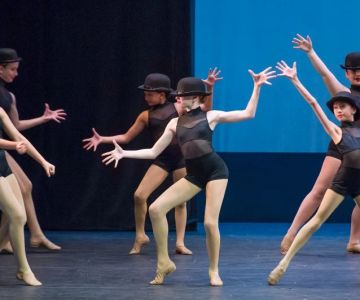

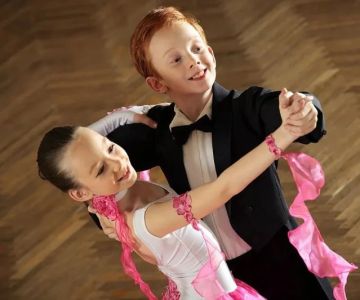

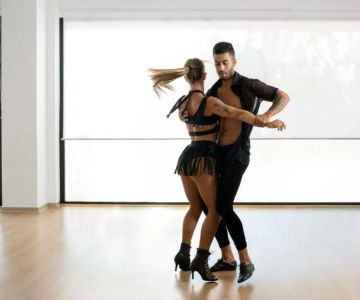
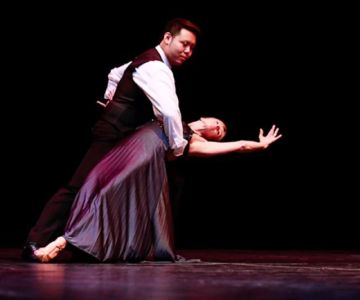
 Cosmic Dance Studio5.0 (2 reviews)
Cosmic Dance Studio5.0 (2 reviews) Grace Ballet & Acrobatics Studio5.0 (72 reviews)
Grace Ballet & Acrobatics Studio5.0 (72 reviews) Cast Academy of Dance4.0 (4 reviews)
Cast Academy of Dance4.0 (4 reviews) ROOTS Academy - The Annex0.0 (0 reviews)
ROOTS Academy - The Annex0.0 (0 reviews) Grace Studio of Motion & Dance5.0 (7 reviews)
Grace Studio of Motion & Dance5.0 (7 reviews) New England Ballet Theatre of CT4.0 (8 reviews)
New England Ballet Theatre of CT4.0 (8 reviews)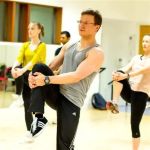 Why Hip Hop Is Popular to Improve Flexibility: Benefits of Dance for Mobility and Health
Why Hip Hop Is Popular to Improve Flexibility: Benefits of Dance for Mobility and Health Can Dance Teachers Teach in a School? What You Need to Know
Can Dance Teachers Teach in a School? What You Need to Know How to Master Shuffle Dance for Adults: Step-by-Step Guide and Tips
How to Master Shuffle Dance for Adults: Step-by-Step Guide and Tips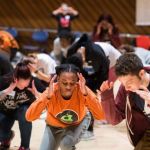 How a Dance School with 54 Students Cultivates a Thriving Dance Community
How a Dance School with 54 Students Cultivates a Thriving Dance Community Jazz Dance Step by Step Guide – What You Need to Know
Jazz Dance Step by Step Guide – What You Need to Know Do Schools in Afghanistan Have Dances? Cultural Insights and Realities
Do Schools in Afghanistan Have Dances? Cultural Insights and Realities